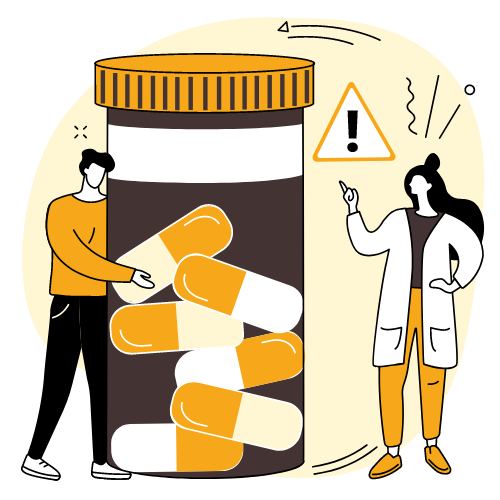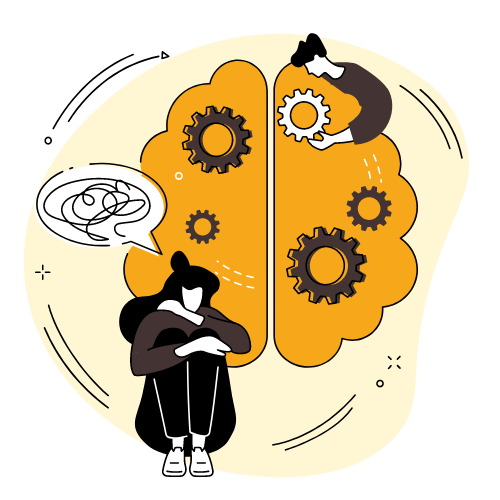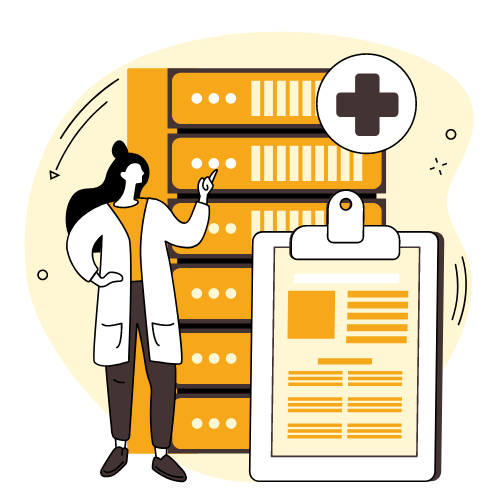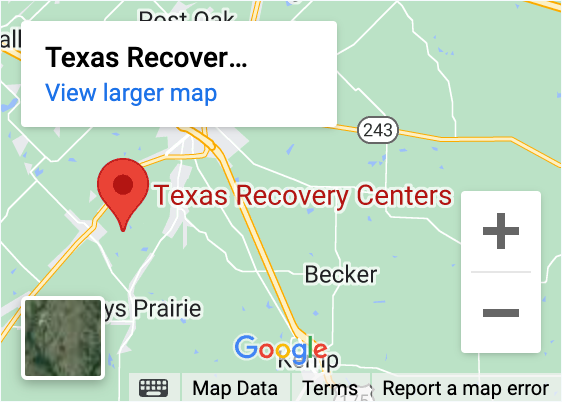The relationship between economic conditions and addiction is complex and multifaceted. Economic factors can significantly influence both the prevalence of substance use disorders and an individual’s ability to access treatment. Understanding these connections is crucial for developing effective strategies to address addiction at both individual and societal levels.
Economic Stress and Addiction Rates
Research has consistently shown a correlation between economic hardship and increased rates of substance abuse. Unemployment, underemployment, and job insecurity can lead to chronic stress, which some individuals may attempt to self-medicate through alcohol or drug use. Economic downturns often coincide with spikes in addiction rates, highlighting the vulnerability of individuals facing financial instability.
Income inequality also plays a role in addiction prevalence. Communities with high levels of income disparity often experience higher rates of substance abuse across all economic strata. This phenomenon may be partly attributed to increased social stress and decreased social cohesion in highly unequal societies.

The Financial Barriers to Treatment
While economic stress can contribute to higher addiction rates, it also creates significant obstacles to accessing treatment. For individuals with limited financial resources, the cost of addiction treatment can be prohibitive. Even when insurance coverage is available, high deductibles and copayments can place treatment out of reach for many.
The indirect costs of treatment, such as lost wages during recovery or childcare expenses, further compound these challenges. Many individuals, particularly those in low-wage jobs without paid leave, face the difficult choice between seeking treatment and maintaining their livelihood.
The Broader Economic Impact of Addiction
The economic consequences of addiction extend far beyond the individual, affecting families, communities, and society at large. Productivity losses due to addiction cost the U.S. economy billions of dollars annually. Healthcare costs associated with substance use disorders place a significant burden on the healthcare system and contribute to rising insurance premiums.
Moreover, the criminal justice costs related to addiction, including law enforcement, court proceedings, and incarceration, represent a substantial public expenditure. These costs underscore the potential economic benefits of investing in addiction prevention and treatment programs.
Innovative Solutions to Improve Treatment Accessibility
Recognizing the economic barriers to treatment, many organizations and policymakers are working to implement solutions. Sliding scale fee structures, which adjust treatment costs based on an individual’s ability to pay, have been adopted by many treatment centers to increase accessibility.
Government-funded programs, such as those supported by the Substance Abuse and Mental Health Services Administration (SAMHSA), provide grants to expand treatment options for underserved populations. These initiatives aim to fill the gaps left by private insurance and make treatment available to those who would otherwise be unable to afford it.
Workplace initiatives are also playing an increasingly important role. Some employers are recognizing the value of offering comprehensive addiction treatment benefits, viewing it as an investment in their workforce’s health and productivity. Employee Assistance Programs (EAPs) often include addiction counseling and can serve as a crucial first point of contact for individuals seeking help.
The Role of Prevention in Mitigating Economic Impact
While improving treatment accessibility is crucial, prevention programs play an equally important role in addressing the economic aspects of addiction. By reducing the incidence of substance use disorders, these programs can alleviate the economic burden on individuals, healthcare systems, and society as a whole.
Evidence-based prevention programs in schools, workplaces, and communities have shown promise in reducing substance abuse rates. These initiatives often focus on building resilience, improving mental health, and providing education about the risks of substance use – factors that can help individuals navigate economic stress without turning to drugs or alcohol.
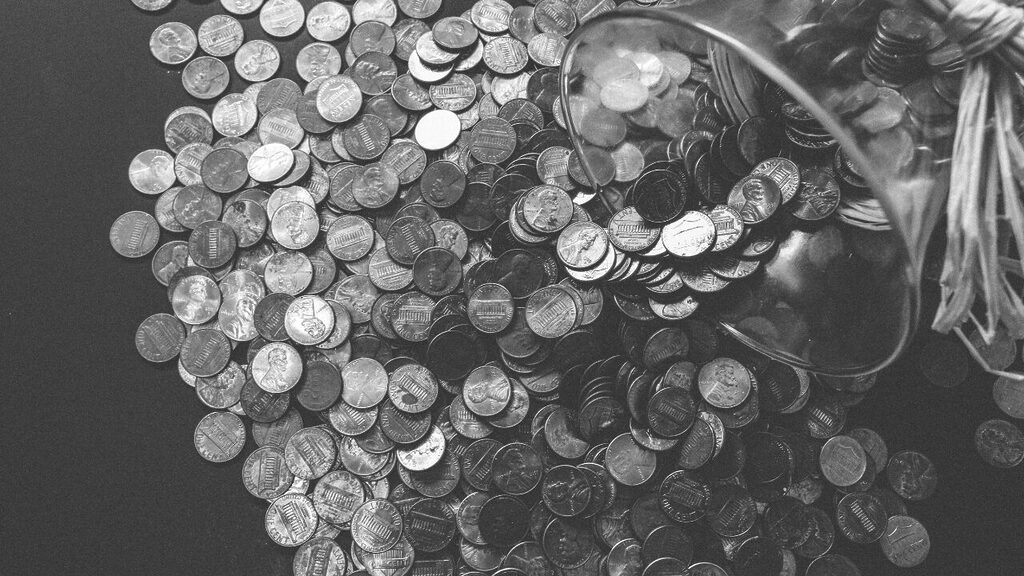
Texas Recovery Centers’ Commitment to Accessible Treatment
At Texas Recovery Centers, we recognize the significant impact that economic factors can have on an individual’s ability to seek and receive addiction treatment. We are committed to making quality care accessible to all, regardless of their financial situation.
Our center offers a range of financial assistance options, including payment plans, to ensure that cost does not become a barrier to recovery. We also work closely with various insurance providers to maximize coverage for our clients and minimize out-of-pocket expenses.
Furthermore, we offer flexible treatment schedules, including evening and weekend programs, to accommodate individuals who may be unable to take extended time off work. Our goal is to provide comprehensive, effective treatment while minimizing the economic disruption to our clients’ lives.
If you or a loved one is struggling with addiction and concerns about treatment costs are holding you back, we encourage you to reach out. Call Texas Recovery Centers at 888-354-2194 to discuss our treatment options and financial assistance programs. Our team is dedicated to finding a solution that works for your unique situation, ensuring that economic factors don’t stand in the way of your path to recovery.


